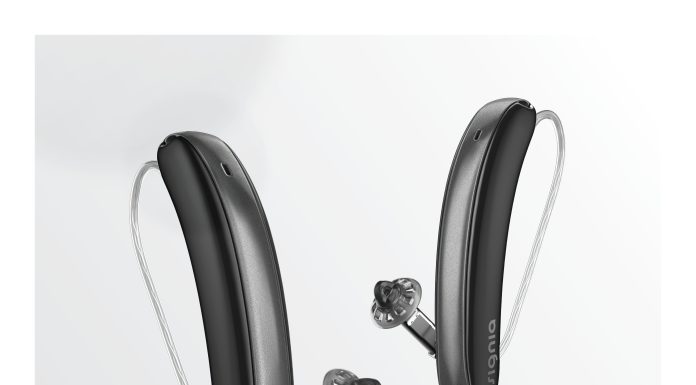Anyone who has had orthodontic treatment, either using traditional braces or clear aligners, understands the excitement of finally getting them off. The joy of not having to go in for adjustments and no longer having to restrict yourself from the once-forbidden foods knows no bounds.
In a perfect world, removing braces should mark the end of your orthodontic journey, but unfortunately, it’s not. There’s still a step more before your flaunt your oh-so-perfect smile. The step involves you wearing a retainer for a few months or years to maintain those beautifully straightened teeth.
What is a Retainer?
A retainer is an orthodontic appliance that has a plastic base that is molded to the shape of your mouth. The wires are anchored to the body of retainers to help hold the teeth in place. Most retainers are removable and can be used for upper teeth, lower teeth, and/or both.
Why Do I Need a Retainer?
You need a retainer to keep your teeth from moving back to their original positions. To keep your hard-earned results of orthodontic treatment intact, your orthodontist will initiate the retention phase immediately after the removal of the orthodontic appliance - metal braces or clear aligners.
If you don’t wear retainers after your braces come off, you will undo the efforts, time, and money spent on correcting your misaligned teeth.
How to Use a Retainer?
Your orthodontist will recommend that you wear your retainer at all times in the first several months after braces removal.You should follow your orthodontist’s instructions about wearing them and taking care of them. Most retainers are removable. So, you can easily take them off while brushing your teeth or eating.
After a few months or a year, your orthodontist may examine your progress and may advise you to wear the retainer only while sleeping and gradually stop wearing it entirely.
Taking Care of Your Retainer
- The wires on the retainer are delicate and can break easily. So, always store your retainer in its case when you are not wearing it.
- Just like your teeth, you should clean your retainers every day. Use a soft-bristled toothbrush and brush gently to avoid breaking the wires. Also, you can soak it in mouthwash or a denture-cleaning agent to kill the germs and freshen it up. Make sure you discuss the cleaning methods with your orthodontist.
- As retainers are made of plastic, they tend to get dry. So, when it isn’t in your mouth, you should soak it in water. Ensure the water is not hot as it can easily warp the plastic in the retainers.
- Flipping the retainer in and out of your mouth when you wear it can become an addictive habit. Avoid flipping it as the impact can easily break the delicate wires.
- If a wire does break, immediately get in touch with your orthodontist for a repair or replacement. Do not wear a broken retainer as the broken wires can easily cut up your mouth, and most importantly,it can defeat the whole purpose of wearing one.
Key Takeaway…
Orthodontic treatment with braces or clear aligners helps straighten your crooked, crowded or overlapping teeth and hence get a beautiful smile. But wearing the retainer after braces removal is what protects that smile and helps it to stay beautiful forever.






















